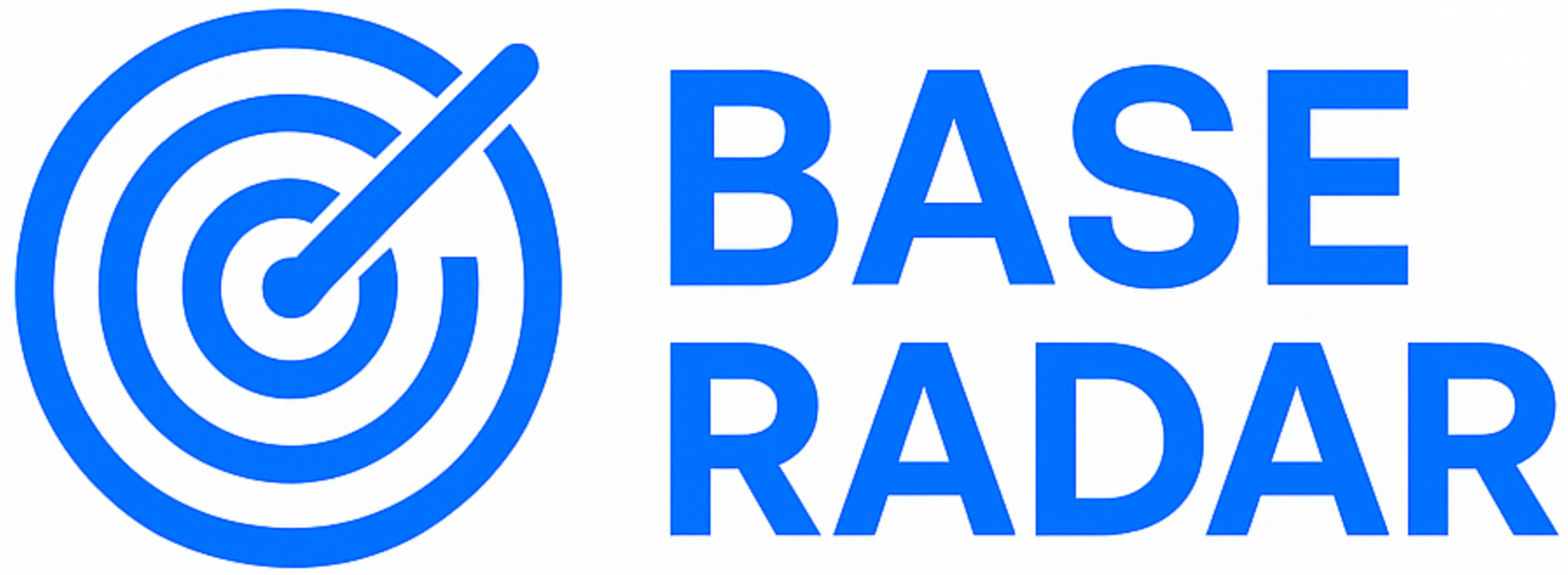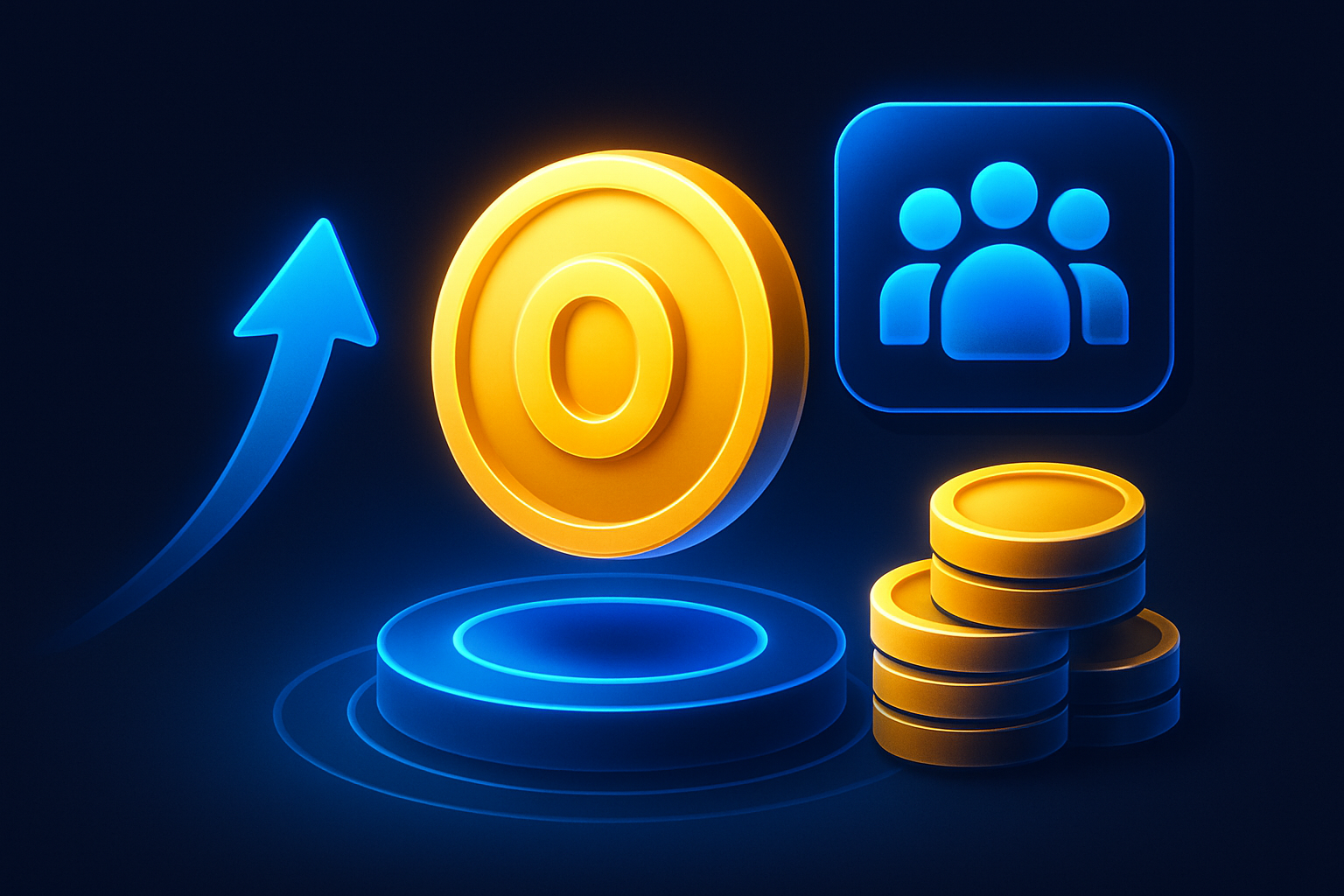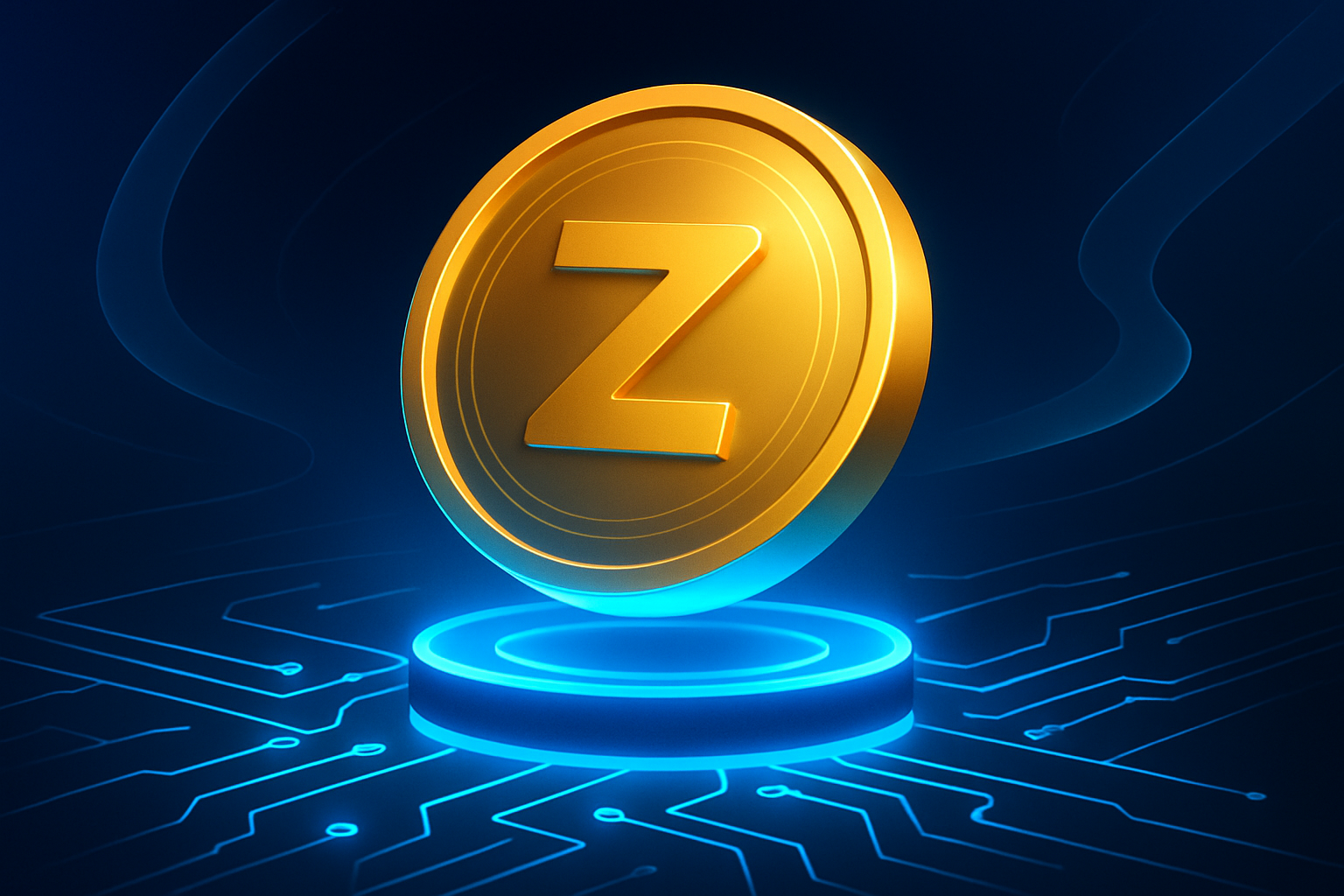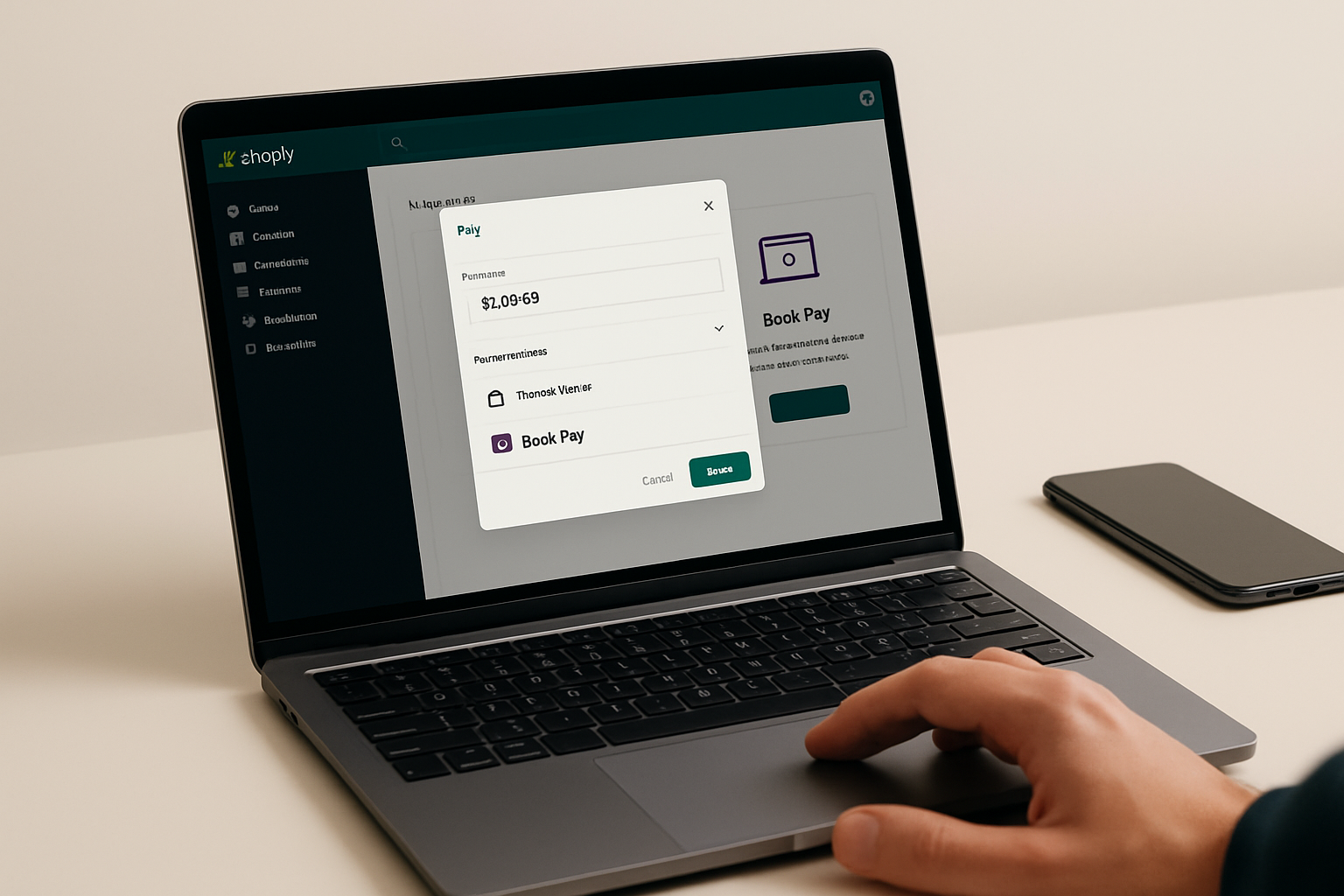
For Shopify merchants eager to accept crypto payments or explore new payment rails, the term “Base Pay” might sound like a promising integration. However, as of July 2025, Shopify does not offer a payment gateway called “Base Pay. ” Instead, you’ll want to focus on Shopify Payments and Shop Pay, two robust solutions that streamline online transactions for both merchants and customers. If you’re searching for ways to integrate Base chain assets (like USDC on Base) or are interested in the latest payment innovations, understanding how Shopify’s built-in systems work is a vital first step.

Shopify Payments: Your Foundation for Online Transactions
Shopify Payments is the default payment processor for most stores using Shopify. It simplifies the onboarding process by removing the need for third-party merchant accounts or external gateways. With just a few clicks, you can activate it directly from your admin dashboard and start accepting credit cards and other popular methods.
Here’s why so many merchants choose Shopify Payments:
Key Benefits of Using Shopify Payments
-
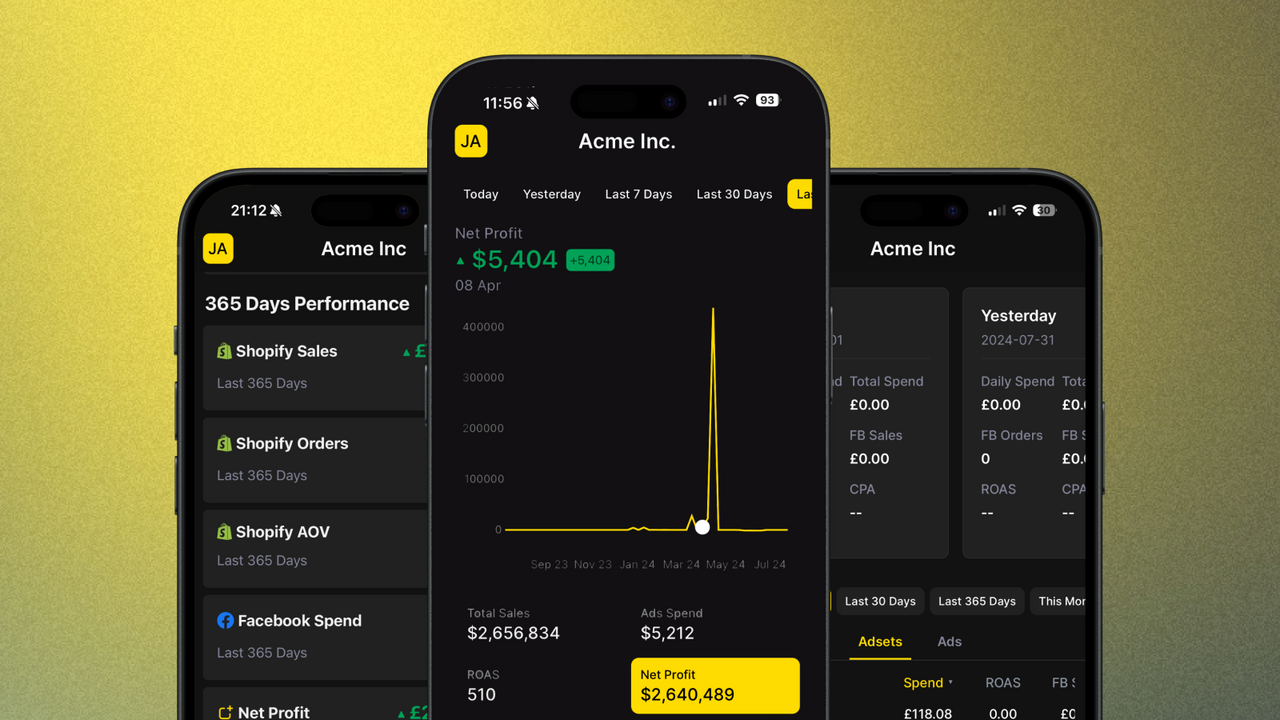
Seamless Integration: Shopify Payments is built directly into your Shopify admin, eliminating the need for third-party payment gateways or complex setups.
-

Faster Payouts: Receive your funds quickly, with payouts typically processed within 1-3 business days, helping you maintain healthy cash flow.
-
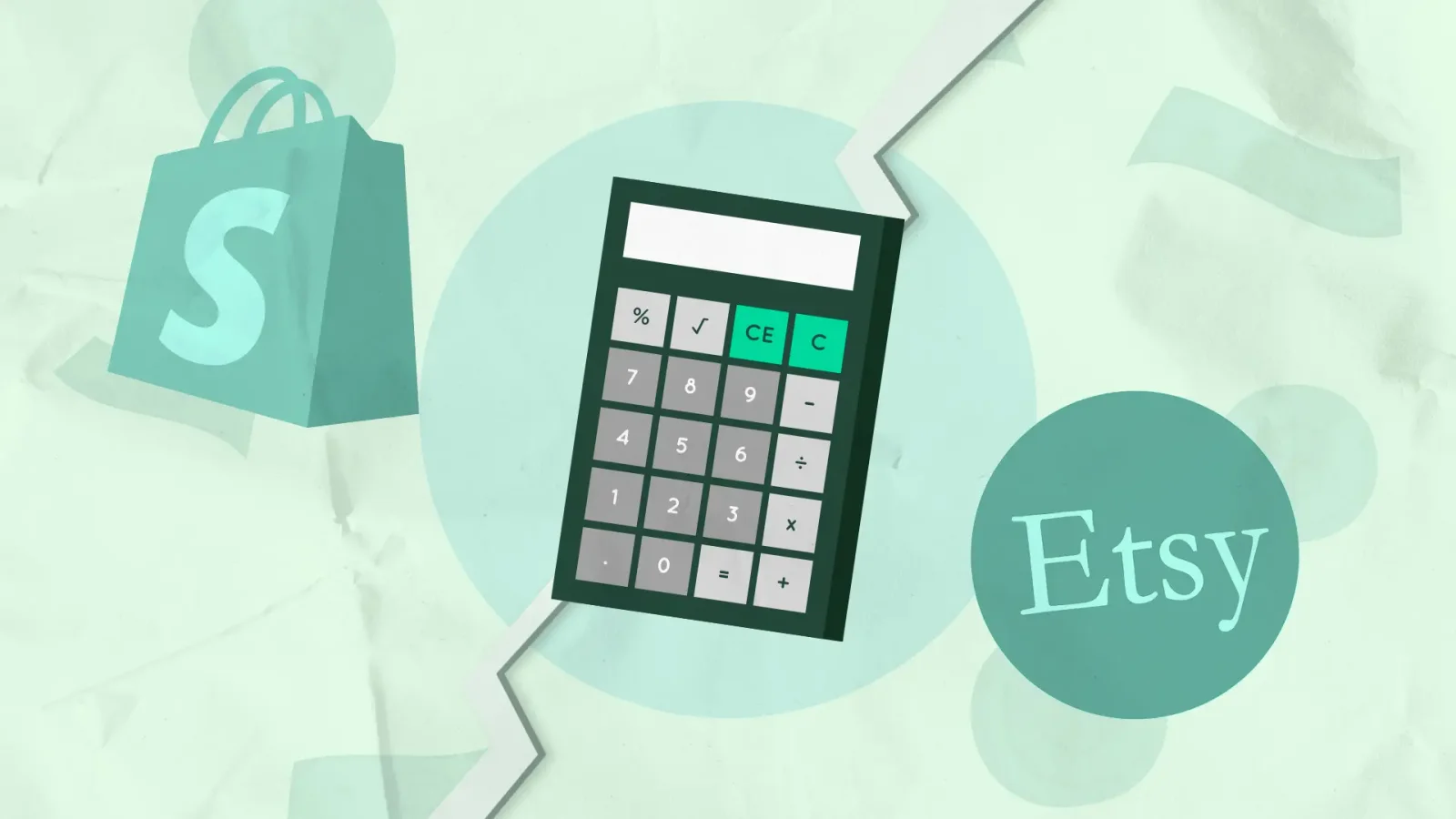
Lower Transaction Fees: By using Shopify Payments, you avoid additional transaction fees that are charged when using external payment providers.
-

Support for Multiple Payment Methods: Accept major credit cards, Apple Pay, Google Pay, and Shop Pay, giving your customers flexibility at checkout.
-
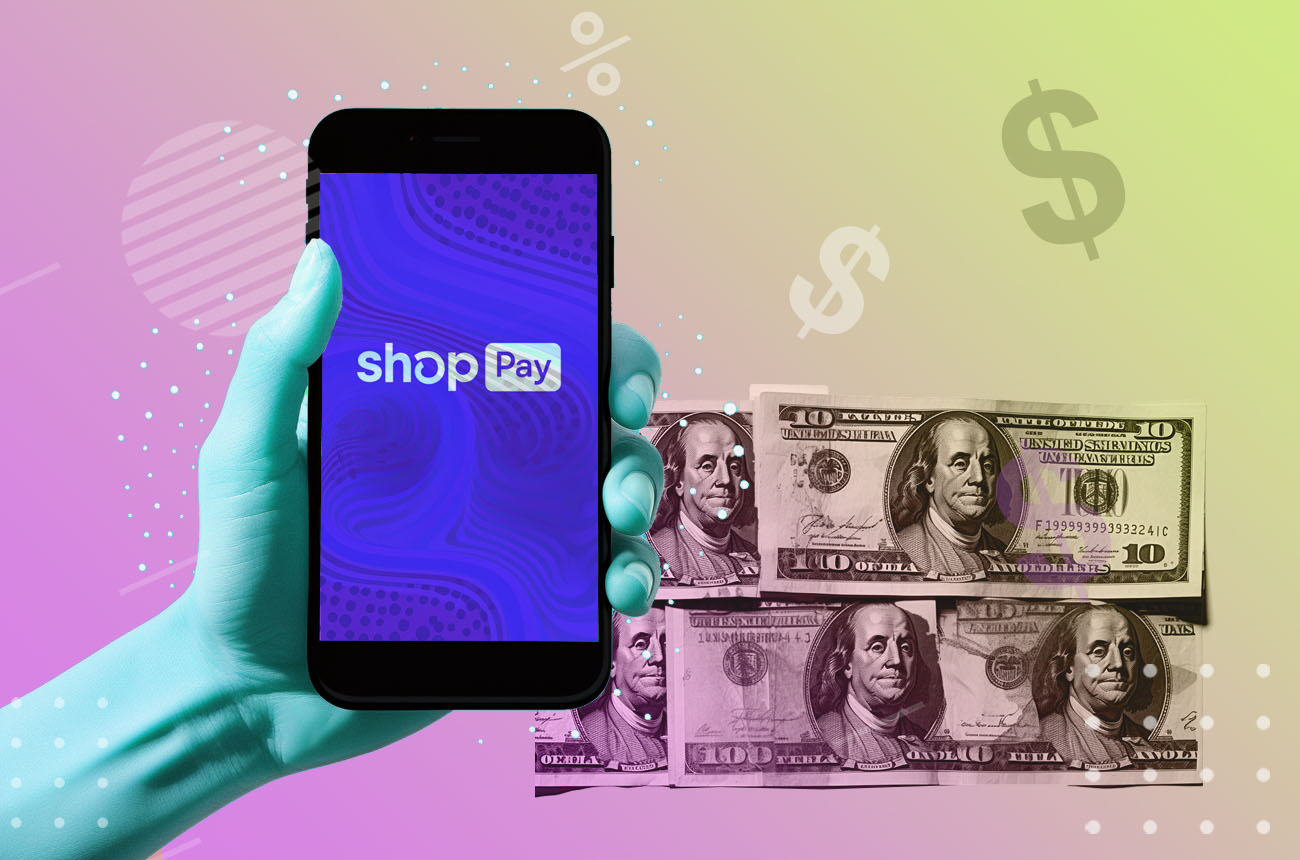
Accelerated Checkout with Shop Pay: Enable Shop Pay for a faster, secure checkout experience, increasing conversion rates and customer satisfaction.
-
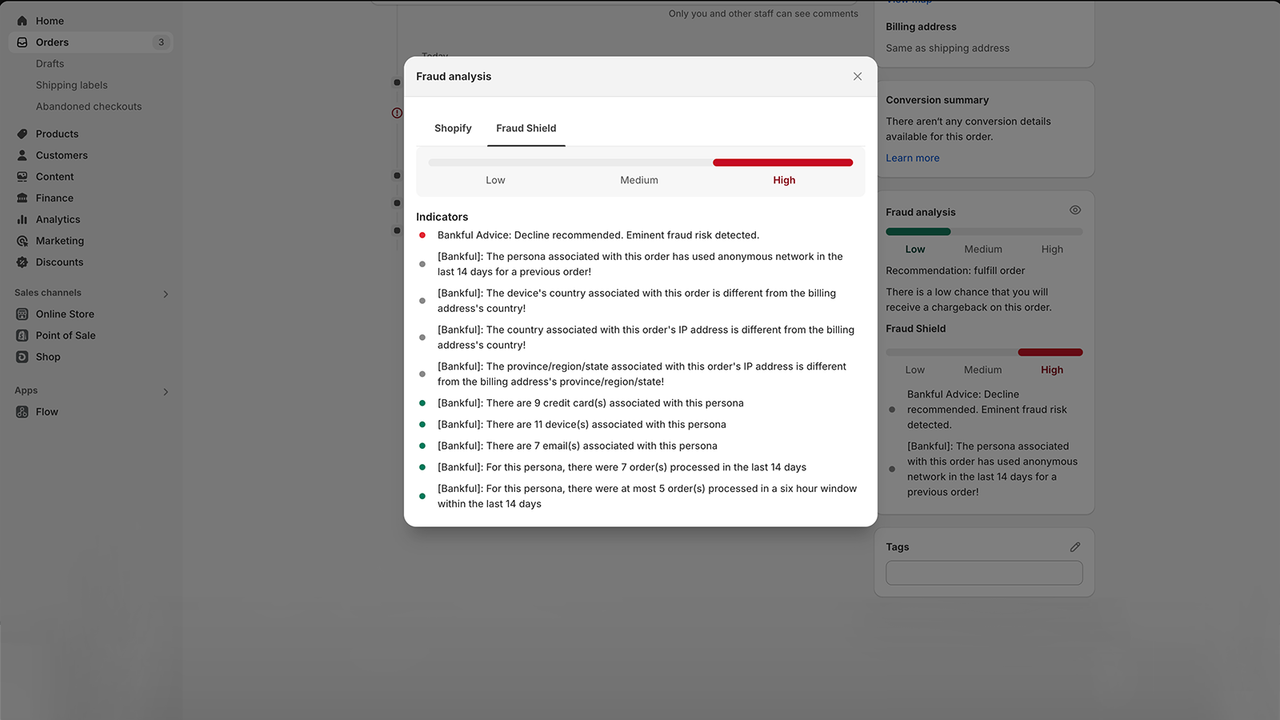
Unified Fraud Analysis: Benefit from Shopify’s built-in fraud analysis tools to help protect your business from fraudulent transactions.
-
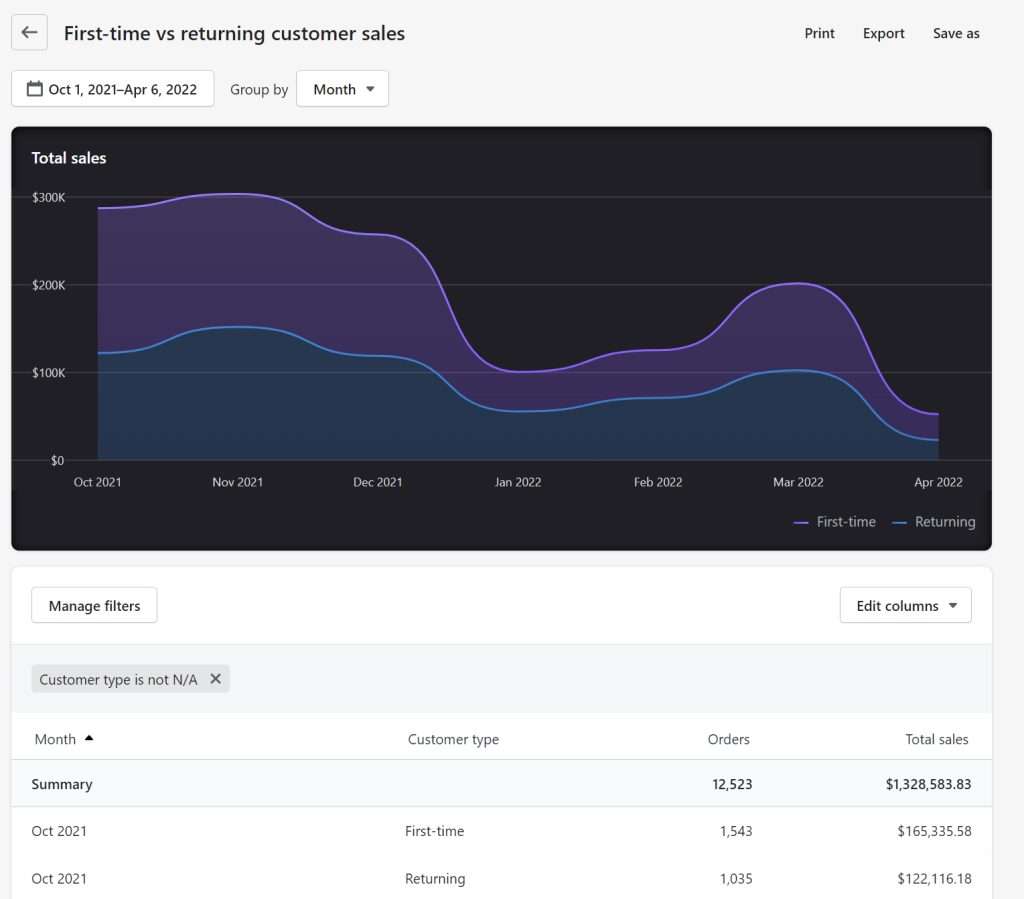
Centralized Reporting: Access all your payment, order, and payout information in one place through the Shopify admin for easier bookkeeping and insights.
Once activated, payouts are deposited into your linked bank account automatically. This seamless flow is crucial if you’re planning to experiment with alternative payment methods down the line – whether that’s crypto payments via manual gateways or future Base chain integrations as they become available.
Enabling Shop Pay for Accelerated Checkout
Shop Pay offers an accelerated checkout experience that lets customers save their shipping and payment details securely. For merchants focused on conversion rates and customer satisfaction, enabling Shop Pay can make a noticeable difference.
The process is straightforward:
- In your Shopify admin, go to Settings and gt; Payments.
- Select Manage in the Shopify Payments section.
- Scroll down to find Shop Pay, then check the box to enable it.
- Click Save.
If you’re curious about what makes Shop Pay unique, consider its ability to work across multiple platforms – including your online store, social channels like Facebook and Instagram, and even Google Shopping. This flexibility means more opportunities for sales with less friction at checkout. For an official walkthrough with screenshots, check out this detailed guide from Shopify’s help center: Setting up Shopify Payments.
Navigating Manual Payment Methods and Crypto Possibilities
If your goal is specifically to accept USDC or other Base chain tokens on your Shopify store (“Base Pay” in spirit), you’ll need to use manual payment methods until native integration becomes available. Here’s what that looks like:
Steps to Set Up a Custom Manual Payment Method for USDC on Base
-
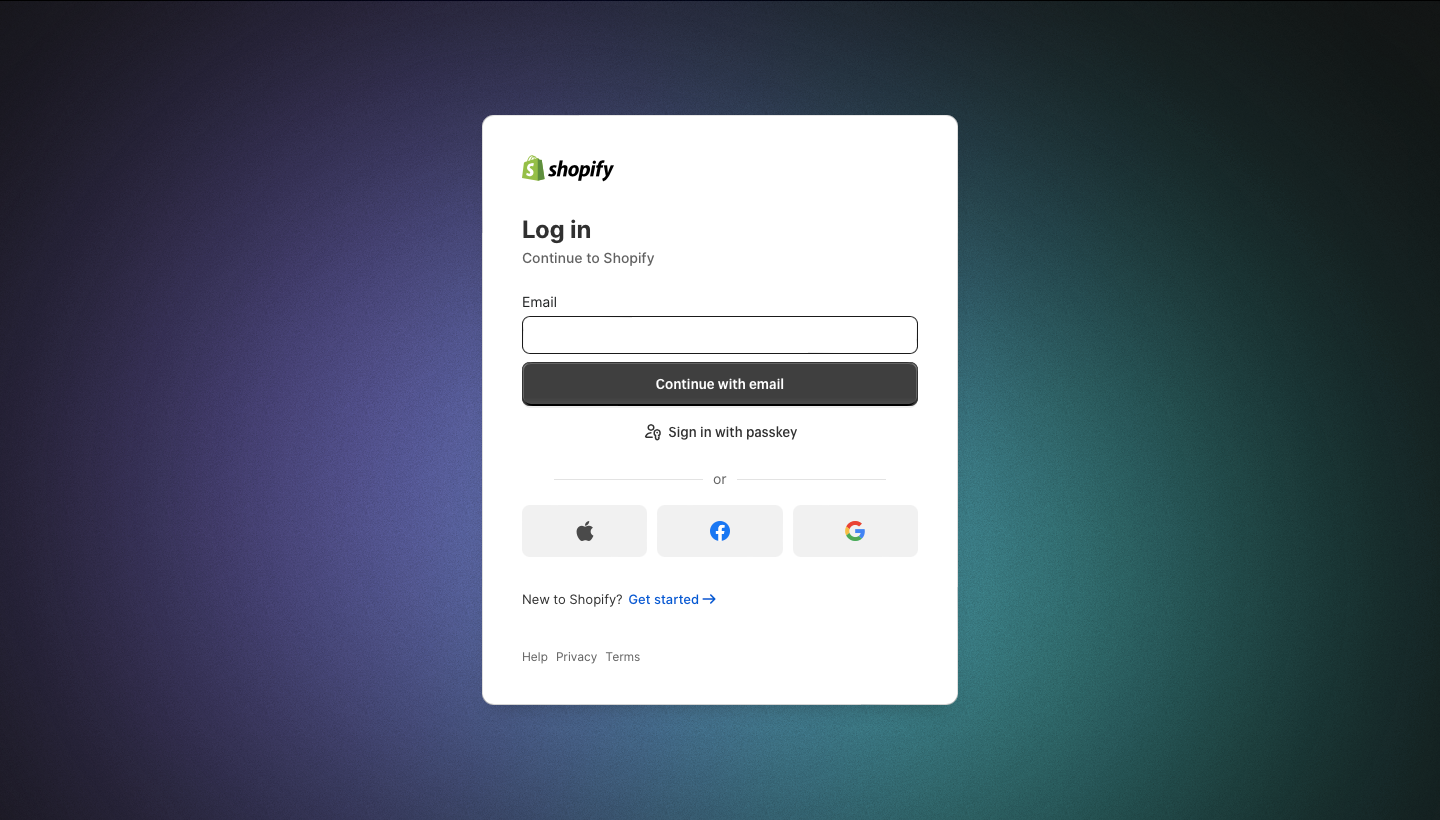
Go to Shopify Admin & Access Payment SettingsLog in to your Shopify admin dashboard. Navigate to Settings > Payments. This is where you manage all payment options for your store.
-
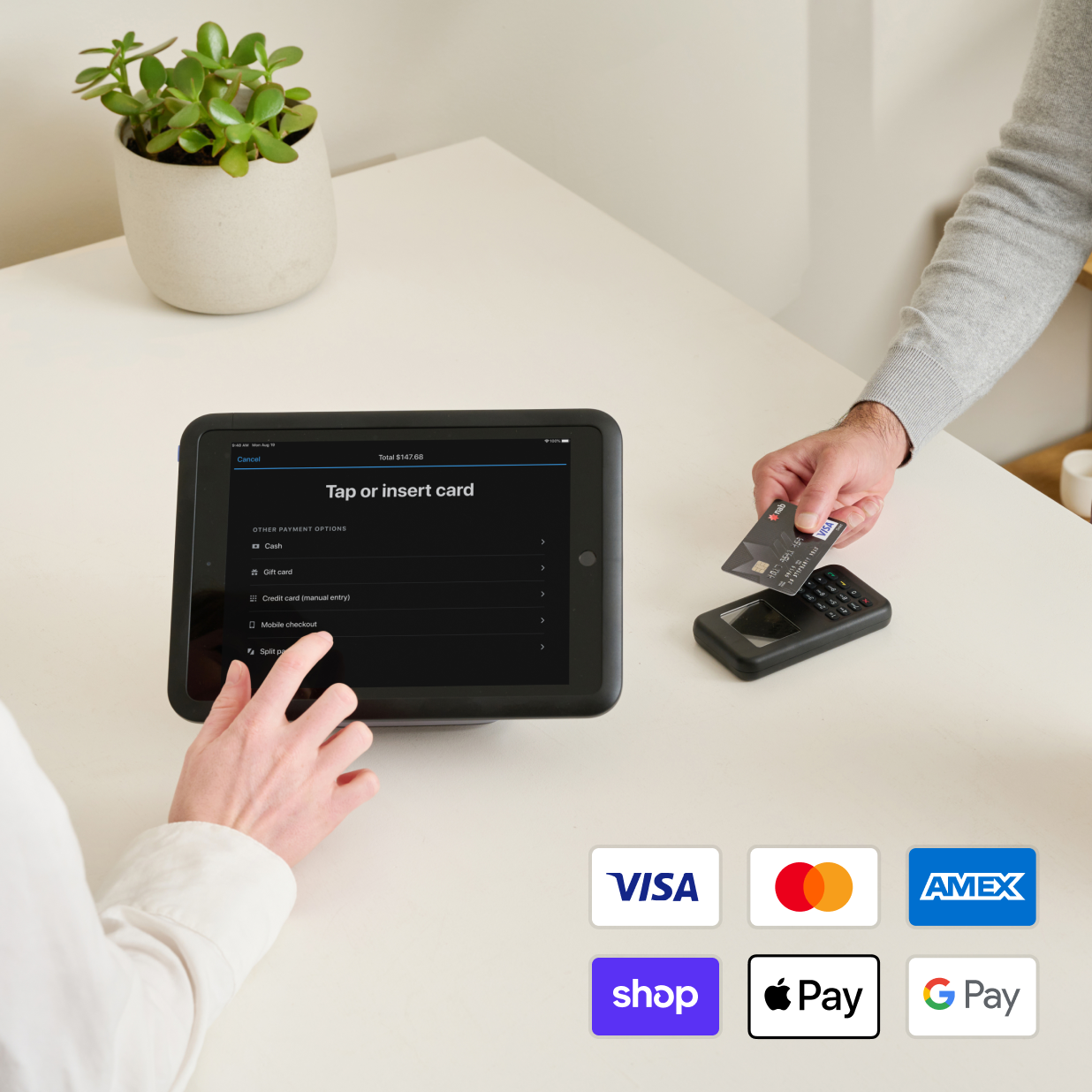
Scroll to Manual Payment MethodsOn the Payments page, scroll down to the Manual payment methods section. This is where you can add custom payment options not handled by Shopify Payments or other gateways.
-
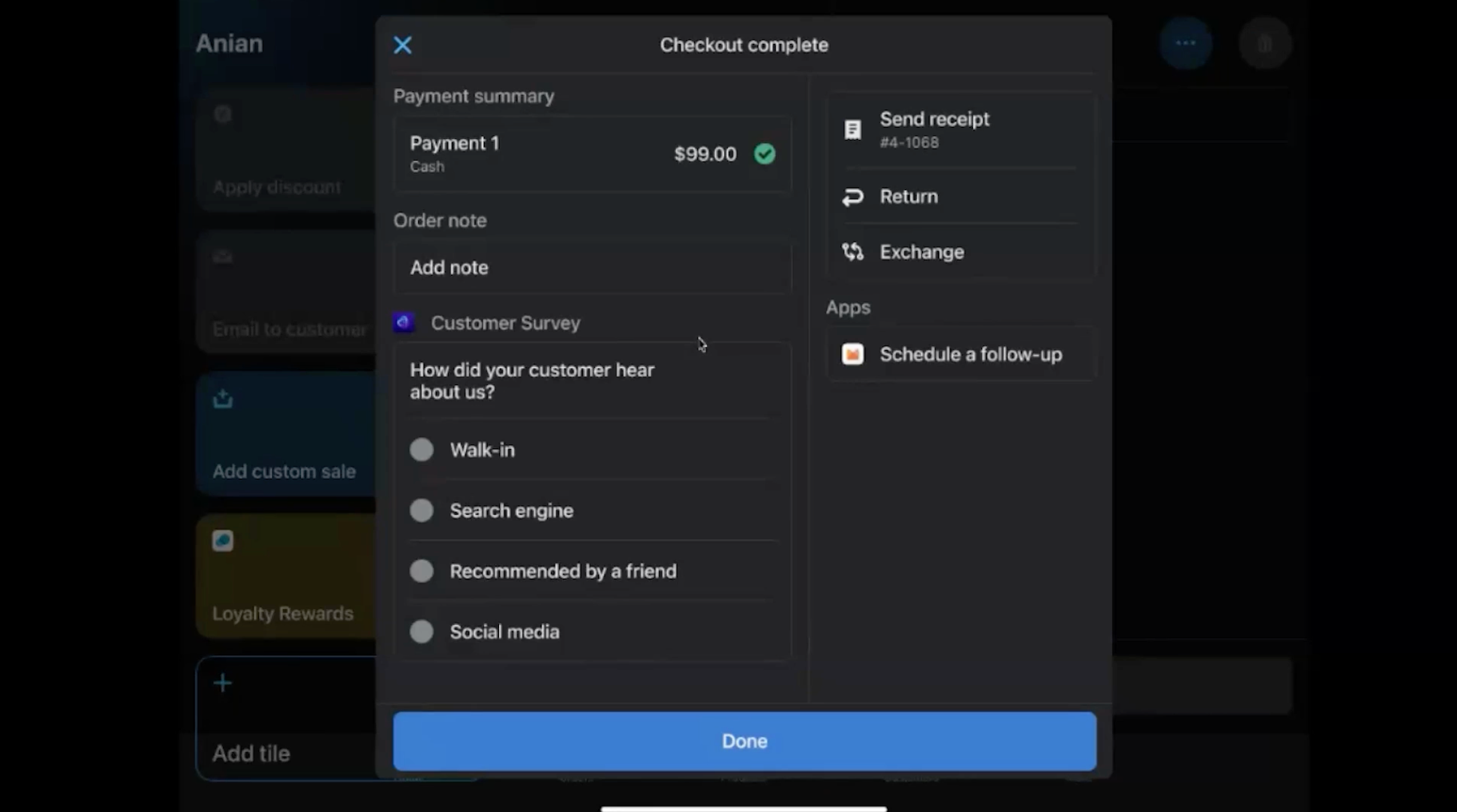
Add a Custom Manual Payment MethodClick Add custom manual payment method. Enter a name like USDC (Base Chain) to clearly identify this payment option for your customers.
-
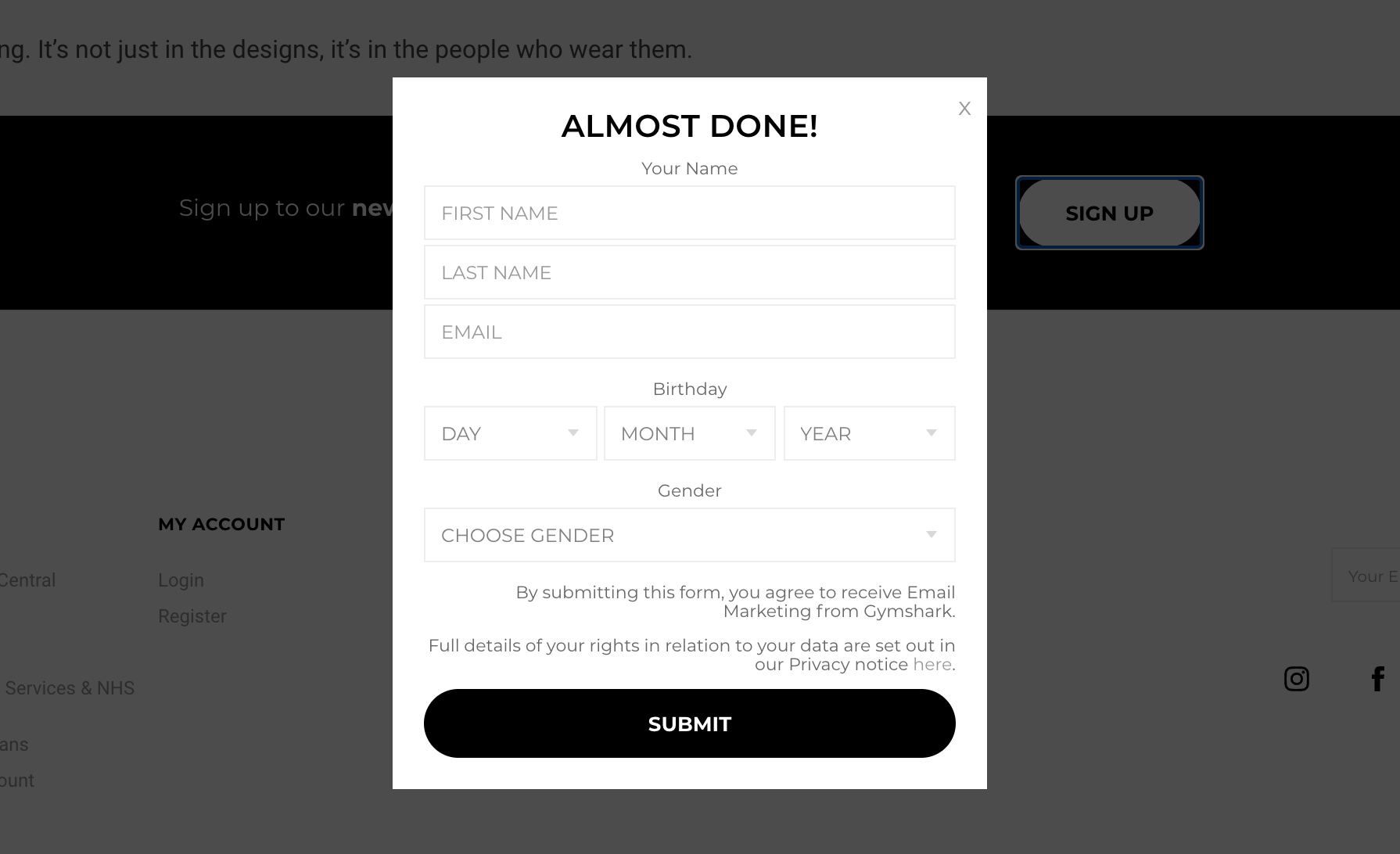
Enter Payment InstructionsIn the Additional details and Payment instructions fields, provide clear steps for customers. Include your Base chain USDC wallet address and instructions for sending USDC. Example: Send USDC to our Base address: 0xYourWalletAddress. Include your order number in the transaction memo.
-
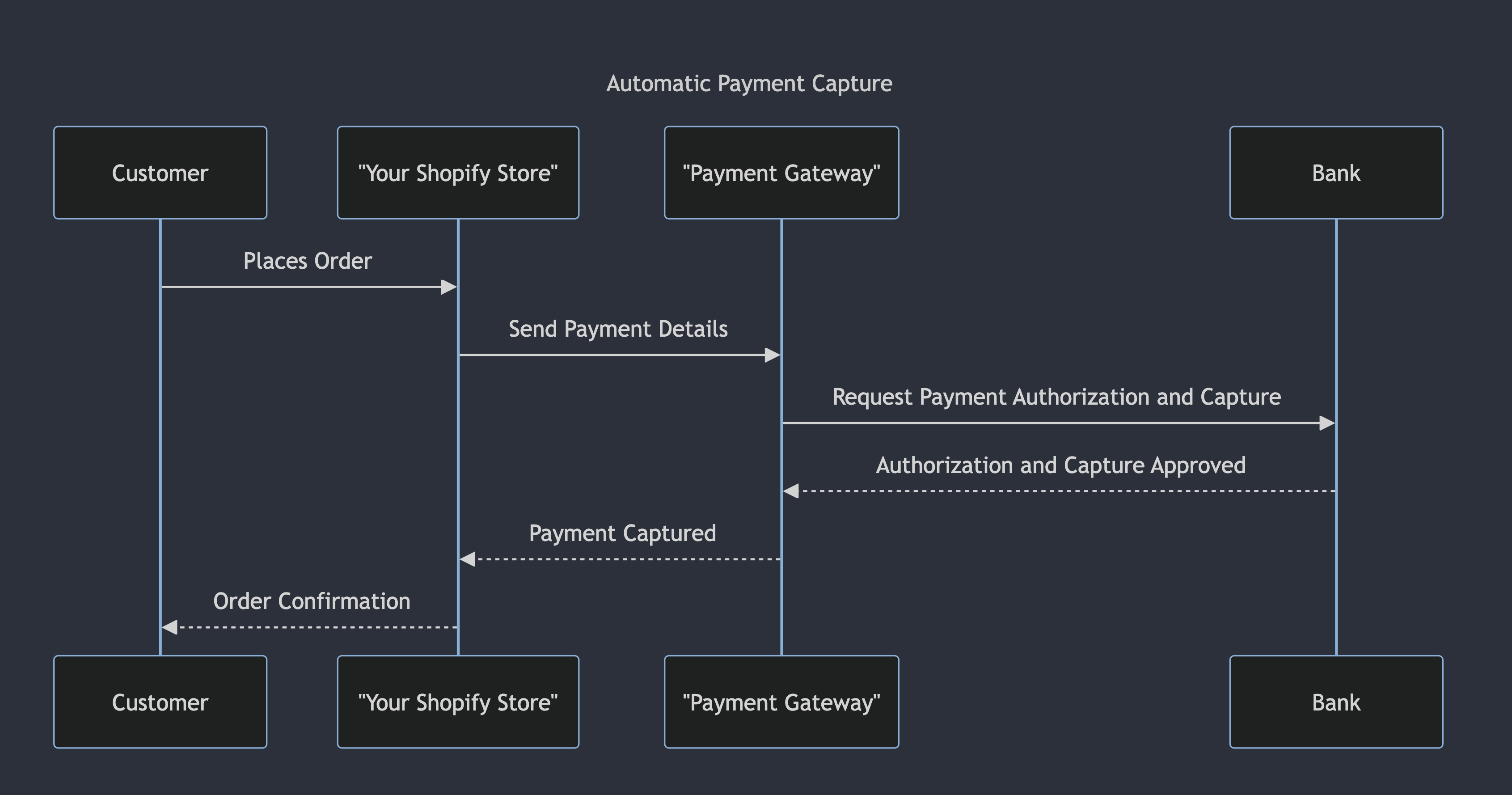
Save the Manual Payment MethodClick Activate or Save to enable the new payment method. Customers will now see the USDC (Base Chain) option at checkout and can follow your instructions to complete payment.
This approach isn’t as seamless as integrated gateways but allows early adopters to experiment with crypto commerce while tracking orders within their existing workflow. As always, keep an eye on official announcements – new features are rolling out rapidly across both ecommerce and blockchain sectors.
As you explore the intersection of crypto and ecommerce, remember that Shopify’s flexibility is a major asset. While native Base chain or USDC payment rails aren’t available as official gateways yet, Shopify’s manual payment method feature empowers you to offer alternative checkout options, such as accepting USDC on the Base network. This approach keeps your store ahead of the curve while ensuring compliance and order traceability.
Best Practices for Crypto-Forward Merchants
Integrating crypto payments, especially using Base chain assets, requires attention to detail and a keen understanding of both customer needs and operational security. Here are some best practices to consider as you implement or experiment with these workflows:
Best Practices for Accepting Crypto Payments on Shopify
-
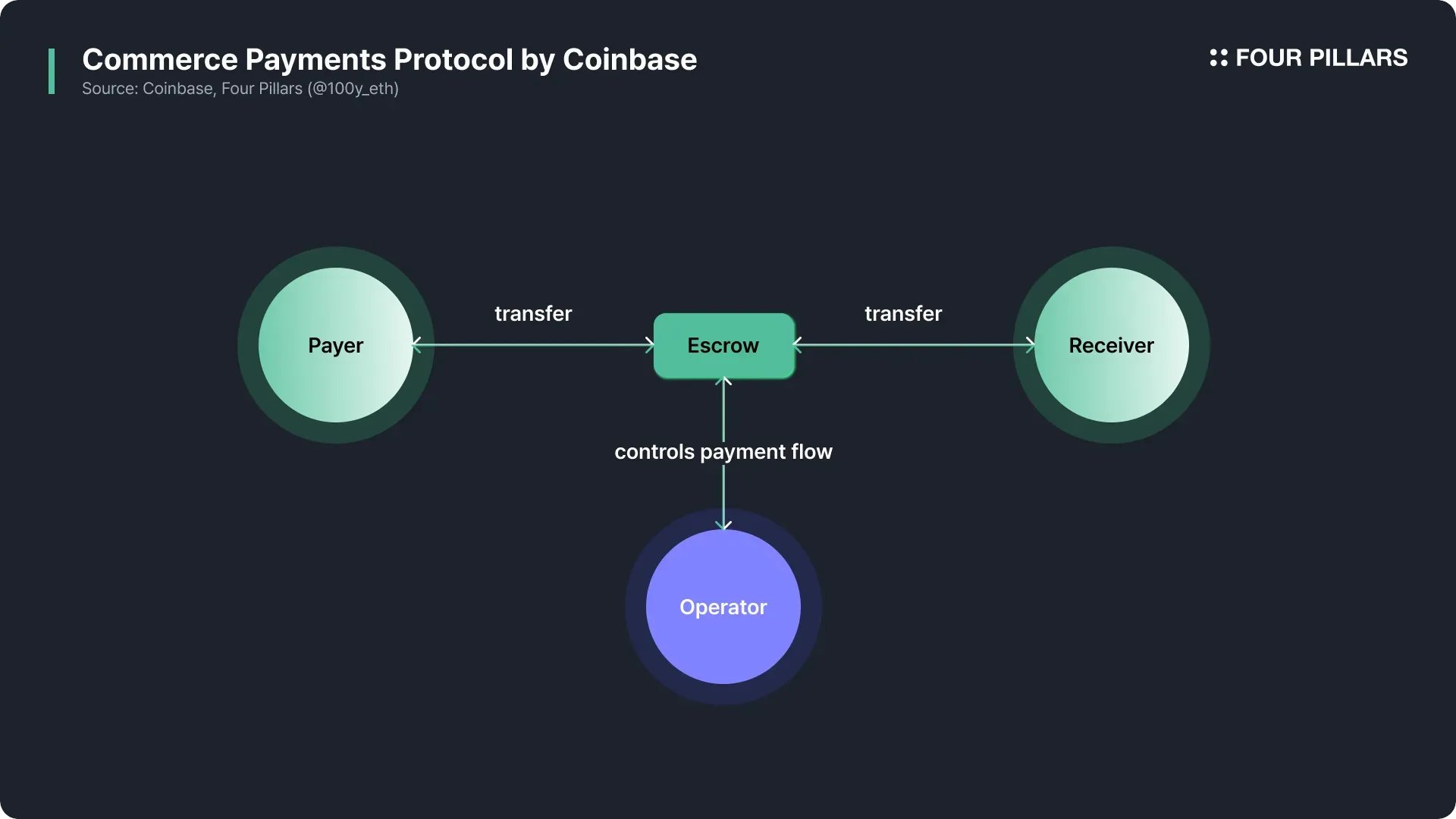
Use Trusted Third-Party Crypto Payment Gateways: Shopify does not natively support direct crypto payments like Base chain. Integrate reputable services such as Coinbase Commerce, BitPay, or CoinPayments to securely accept major cryptocurrencies.
-
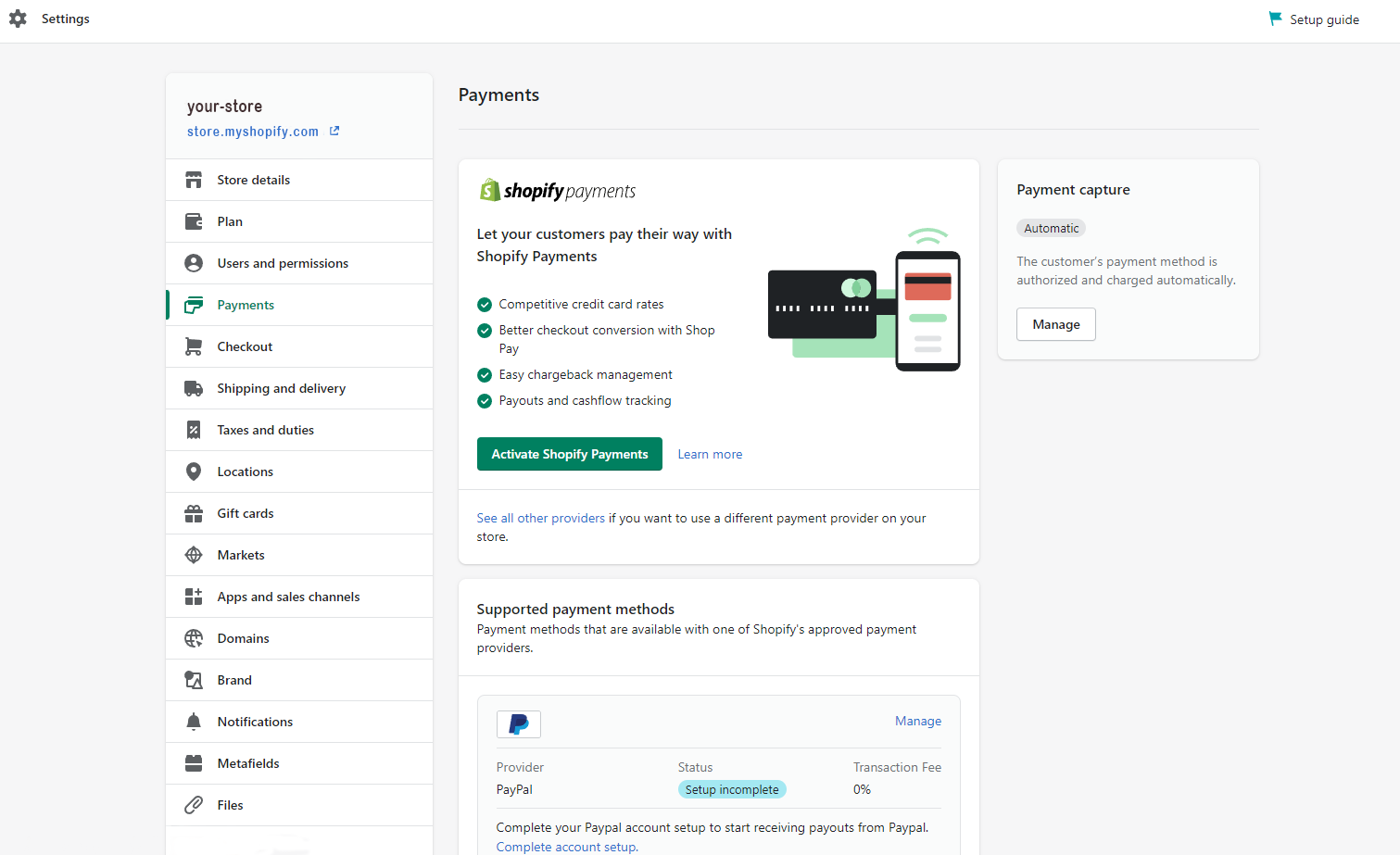
Clearly Communicate Payment Options: Add clear messaging on your product and checkout pages about your accepted crypto payment methods, including any supported coins (e.g., Bitcoin, Ethereum). This builds trust and sets customer expectations.
-
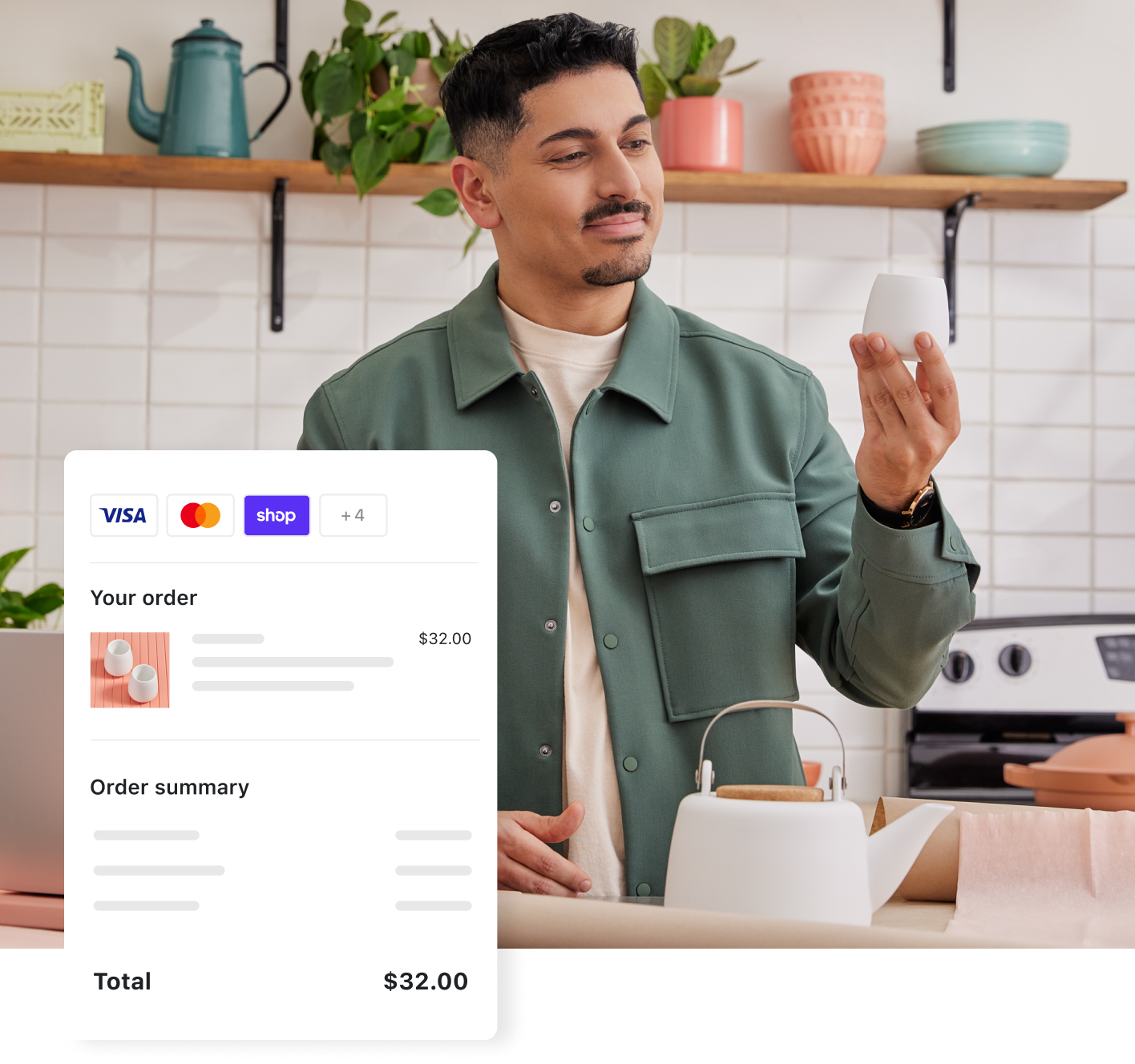
Stay Updated on Shopify’s Payment Policies: Regularly review the Shopify Help Center to ensure your crypto payment setup complies with Shopify’s latest guidelines and regional regulations.
-

Test Your Crypto Payment Workflow: Before launching, conduct test transactions to confirm that payments are processed correctly, order statuses update as expected, and customers receive proper confirmations.
-
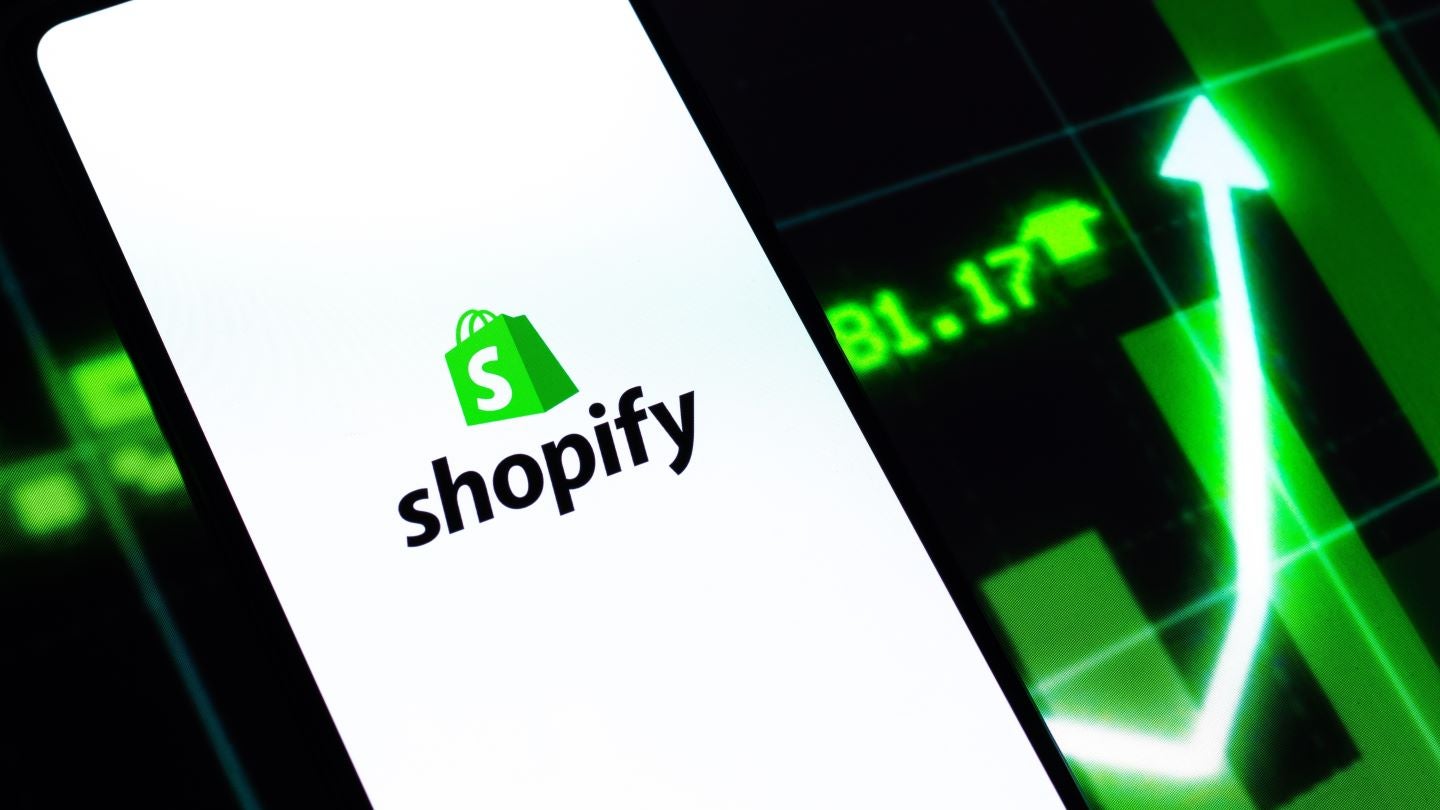
Provide Clear Refund and Support Policies: Since crypto transactions are irreversible, publish detailed refund and support guidelines specific to crypto payments to minimize disputes and enhance customer confidence.
It’s crucial to clearly inform customers about the process for manual crypto payments. Include instructions on how to send USDC via Base, what confirmations are needed, and how they’ll receive order updates. Transparency builds trust, especially in emerging payment landscapes.
Monitoring Payouts and Managing Orders
Whether you’re using Shopify Payments or a custom manual method for crypto, keeping track of your payouts is essential. Shopify provides a robust admin dashboard where you can monitor incoming payments, view transaction history, and reconcile orders, even those marked as “paid manually” after receiving on-chain confirmation.
If you’re experimenting with cashback incentives or loyalty rewards tied to Base Pay (or similar solutions), make sure your system for tracking these benefits is airtight. Consider using spreadsheet templates or third-party integrations designed for ecommerce loyalty programs until dedicated plugins arrive for Base chain assets.
What’s Next? The Future of Base Chain Ecommerce
The landscape is evolving quickly. As demand grows for crypto payments on Shopify, expect more streamlined integrations, possibly even official support for networks like Base in the near future. In the meantime, stay connected with both the Shopify Community and leading DeFi forums to get early insights into new features or third-party plugins that can further bridge ecommerce with blockchain technology.
Pro tip: Always test your checkout flow from the customer’s perspective before launching new payment options live. This helps catch any friction points or confusion early, and ensures a smooth experience that builds confidence in your brand.
If you want an official reference guide (with screenshots) on setting up Shop Pay and Shopify Payments, visit Shopify’s onboarding documentation.
The world of Base Pay Shopify integration is just getting started, but by leveraging existing tools like manual payment methods alongside robust systems like Shop Pay, you’ll be ready when full-featured blockchain commerce arrives at scale. As always: knowledge is the best bridge.
